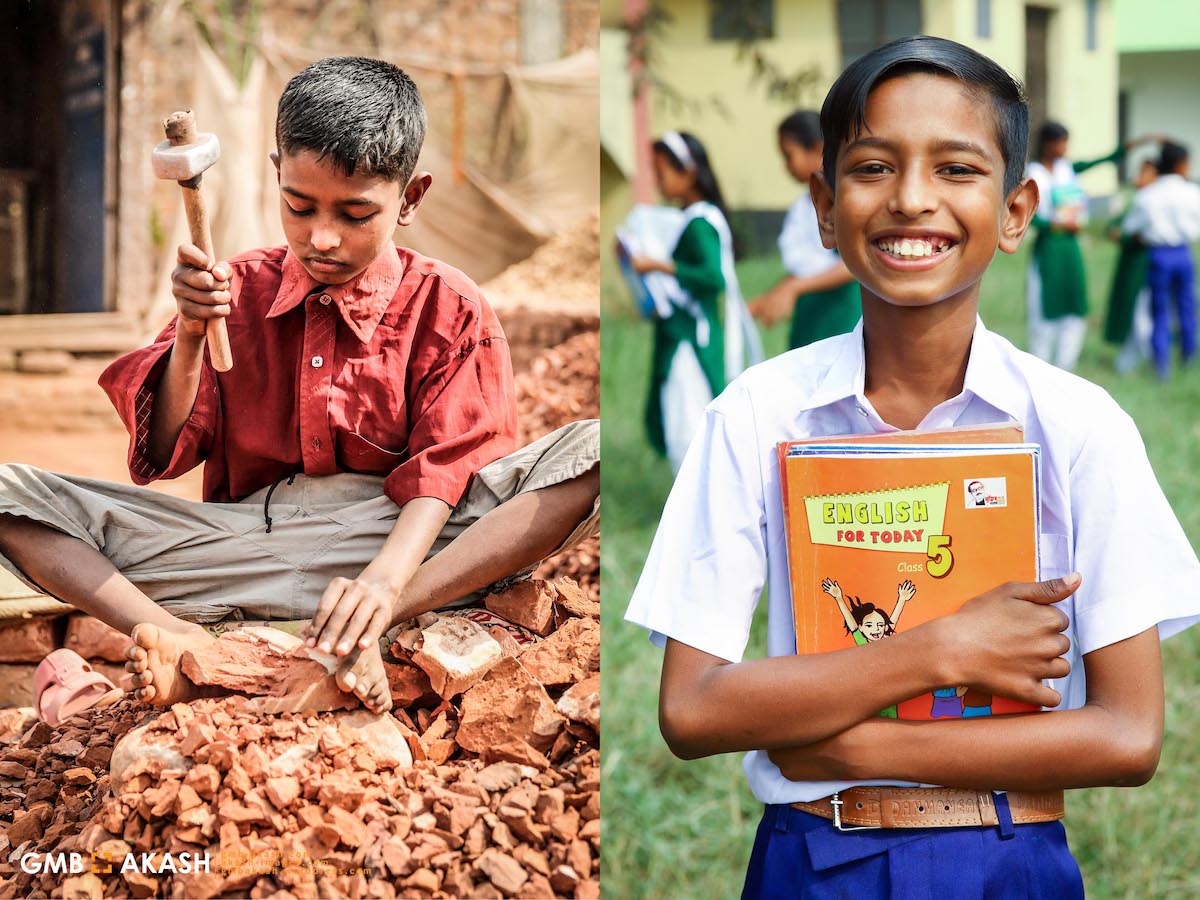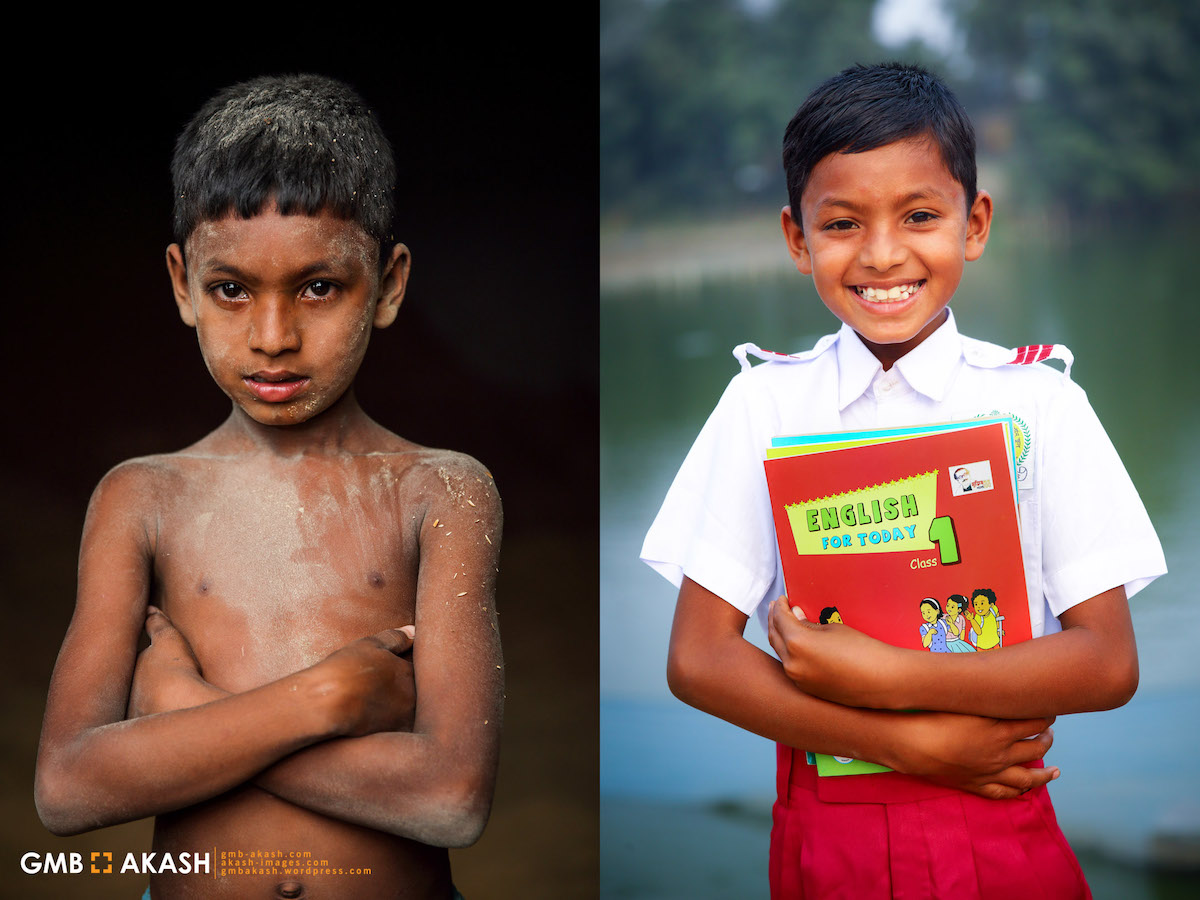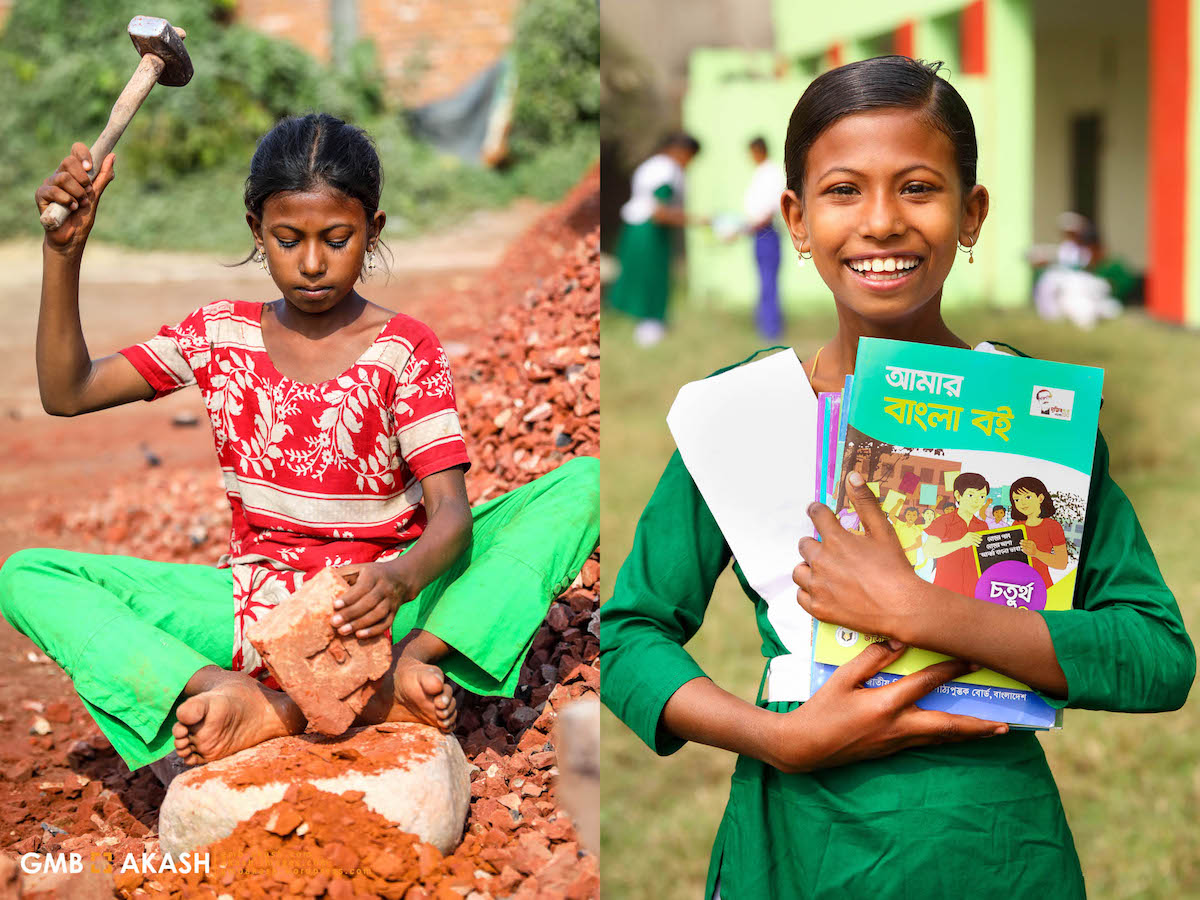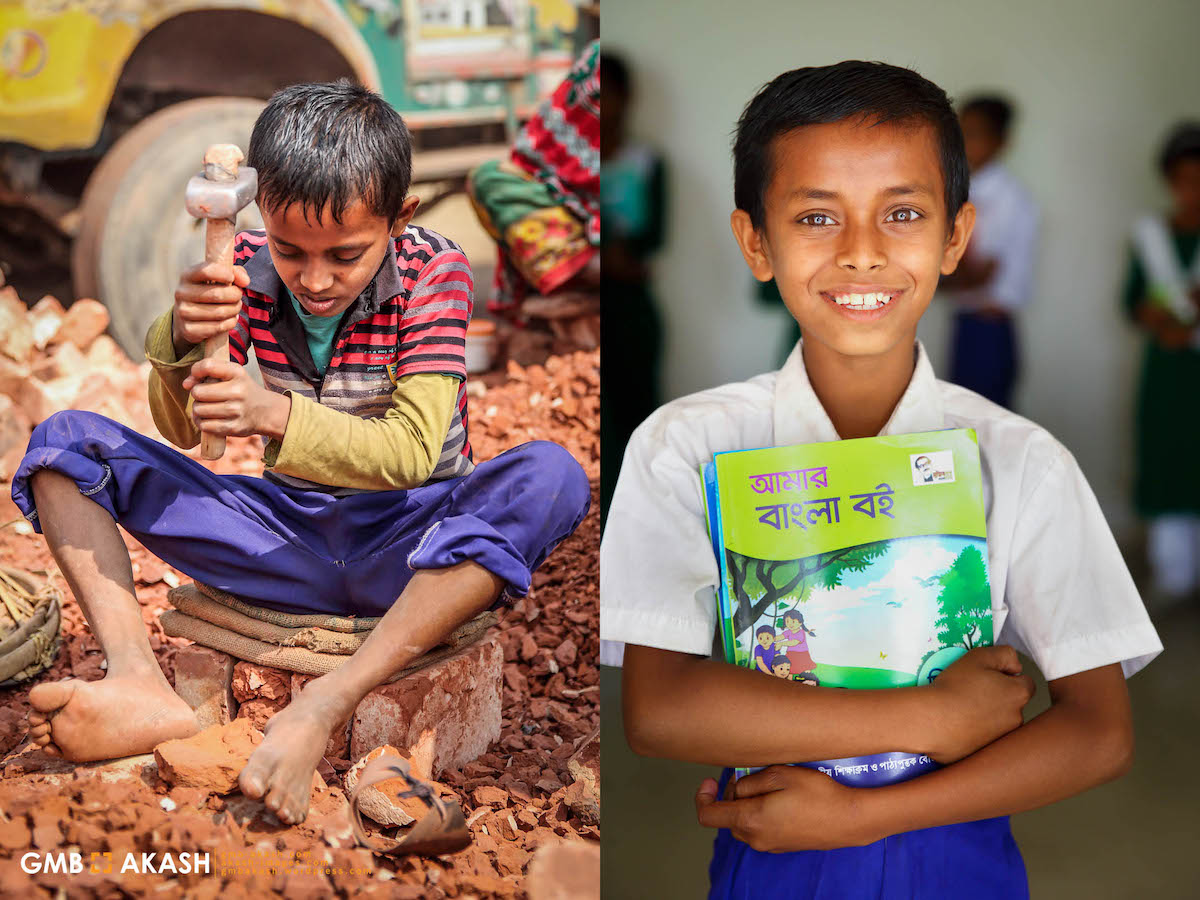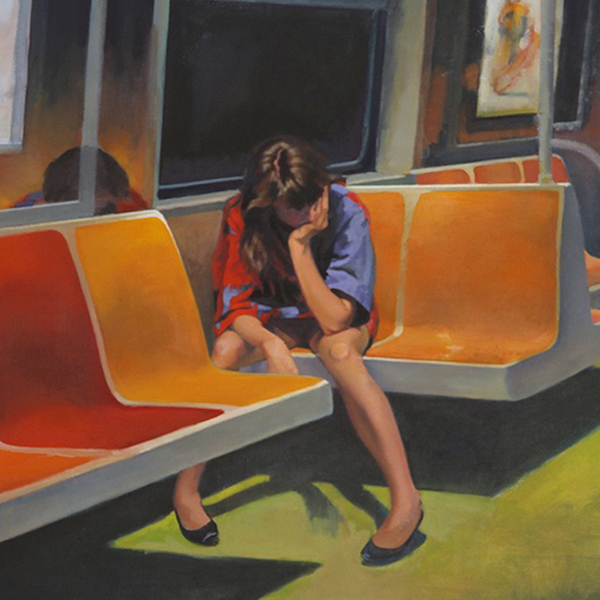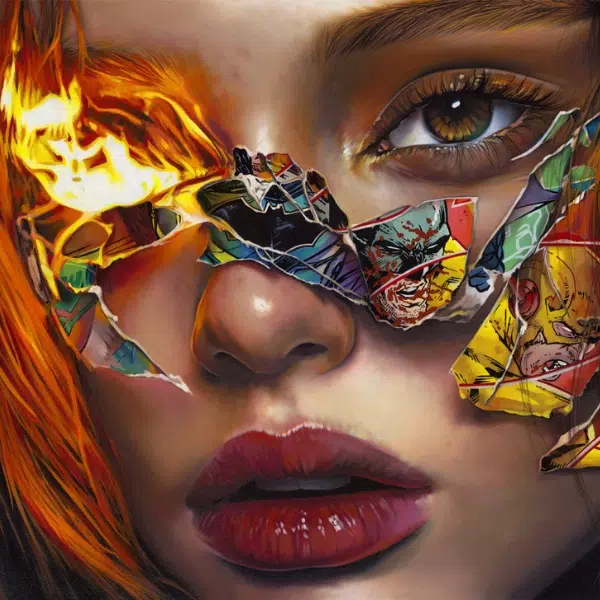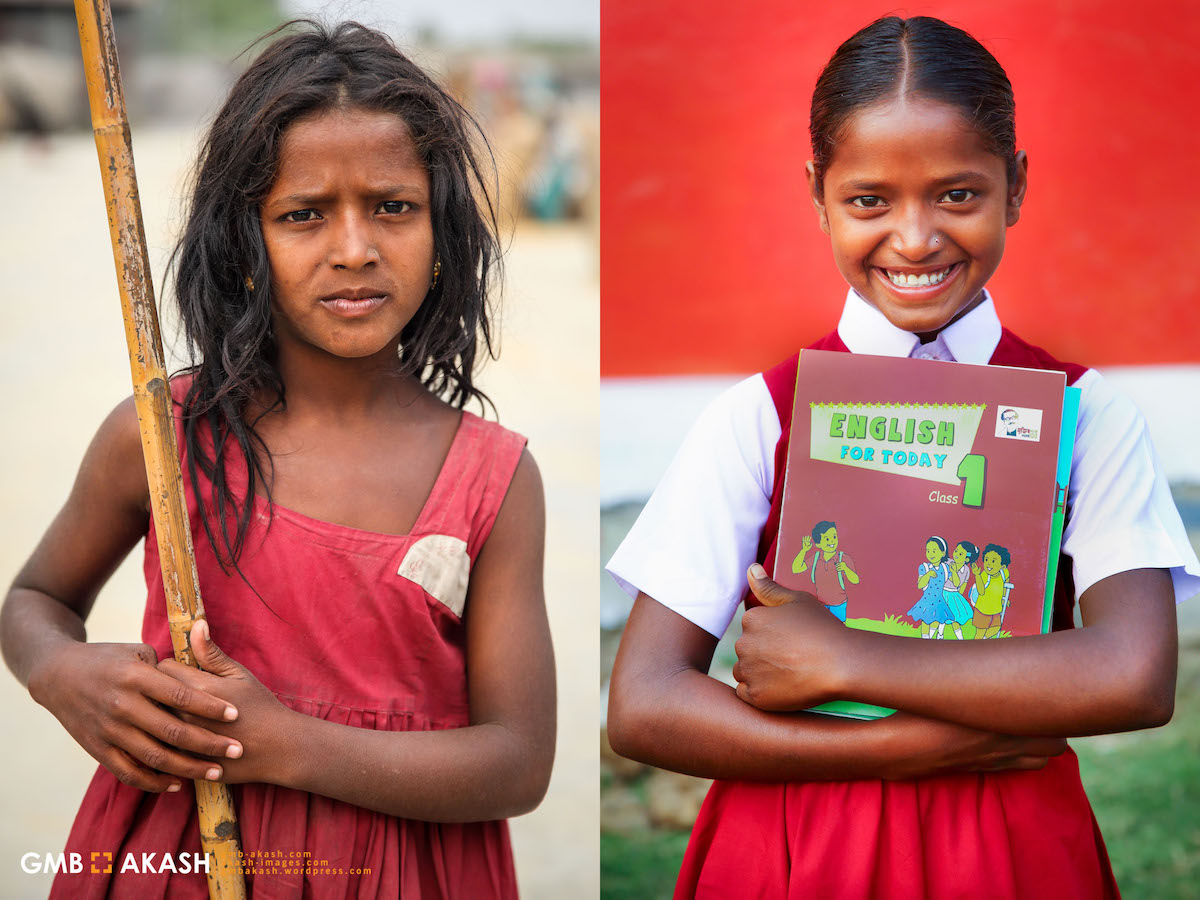
For over 20 years, Bangladesh photographer GMB Akash has turned his lens towards the marginalized groups of people in his home country. The socially conscious photographer views his chosen field as a powerful opportunity to shine a light on the atrocities that these underserved populations deal with on a daily basis.
One group that Akash documents are child laborers, and he has spent 17 years capturing their plight. Because even with child labor against the law, the reality is that four million kids are suffering in Bangladesh; the problem is essentially ignored. Through his eye-opening—and heartbreaking—images, Akash has exposed the harsh realities that these children face. His photographs make it impossible to look away while imploring the viewer to do something to help these children.
Akash's passion for the less fortunate extends beyond his camera. “I could see that the people in my photos were in the same hopeless situation many years later,” Akash recalls to My Modern Met. “My mission and my goal were to change the lives of these people who I photographed. I wanted to give them something back from what I received. I was fervently trying to find a way for myself to help these beautiful people change their lives.”
There are many ways in which Akash has helped, but one extraordinary step he has taken is to remove children from these dangerous and illegal workplaces. By aiding their families (to offset the loss of income from their kids no longer working), Akash was able to get the children out of the factories and brickfields and get them to school. He has documented the before-and-after from when they were working to now in class, and the transformation is astounding. No longer are these kids having to perform back-breaking work; they can be kids and find the joy that comes from learning something new.
We spoke with Akash about his background as well as the philanthropic efforts he is making for people on the fringes of society in Bangladesh. Scroll down for our exclusive interview and learn how you too can help Akash in his tireless pursuit to help others.

How did your career in photography begin?
I more or less fell into photography while still deciding my future. I found an old camera at home—a Yashica FX3 that was my father’s—and that camera changed my life completely. I learned how to operate that camera by myself with the help of the manual and started taking photos without knowing anything. I had no idea about photography or even that photography could be a profession. Knowing nothing, I started roaming around here and there taking photos. Later on, I did graduate studies in photography.
What were some of your first projects?
I have always been fascinated with marginalized peoples' lives and their stories. Human faces and unusual stories intrigued me very much and that camera became my passport to go to the places that I could never go to otherwise.
From the beginning of my photography career, I started working with marginalized people of society. My early projects were with sex workers, third gender people, drug users, the gay community, gypsy people, and the Dalit community. In fact, working with these people has fostered a deep interest and understanding of photography and life.
Slowly my camera became my best friend and I started to profoundly discover meaning and purpose in my life. Photography became, and still is, my mission. I want to change people’s lives through photography. I want to inspire them and give them a voice when they have no voice.

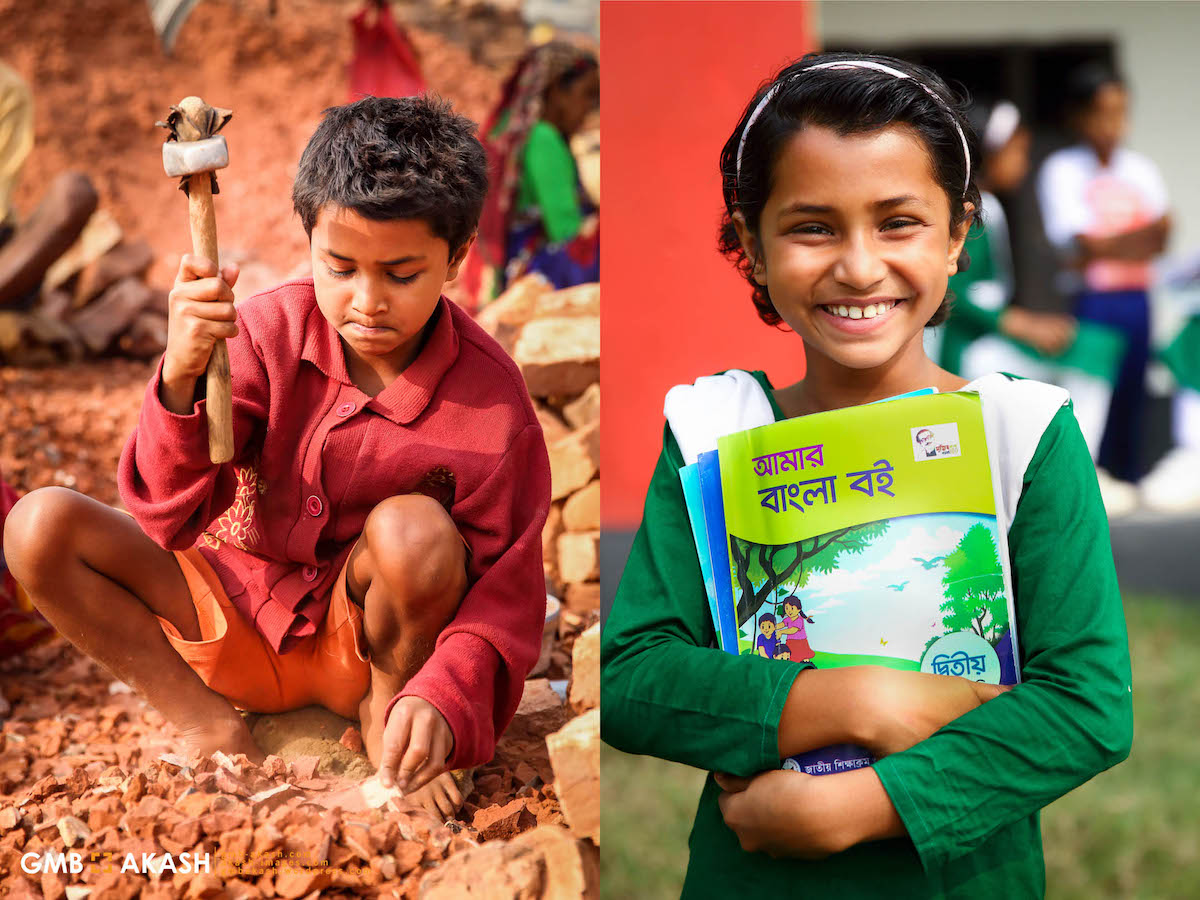
Your photographs bring to light many social issues that people choose to ignore. What prompted you to produce this type of work?
Every person we meet in our lives has a story. Some have very inspiring stories and some have stories of loss. Every single person goes through so many different experiences in their lives. My childhood had a big impact on my life. The place where I grew up has had a big influence on my photography. Beside our home was the biggest red-light area in Bangladesh; almost every night I used to listen to women who were shouting or crying. There was always fighting going on or loud music. I wanted to know more about the lives of those women who lived inside those walls.
I used to visit my uncle’s house, where I saw a third gender person who used to work as a maid. My cousins used to tease her all the time and make her dance sometimes almost naked. I wanted to know what her sin was that caused everybody to make fun of her.
I spent sleepless nights thinking about Dalit people who lived in the sweepers’ colony. Nobody used to let them come inside their home nor touch them because they were cleaners. I used to think about all these people and wanted to know more about them.
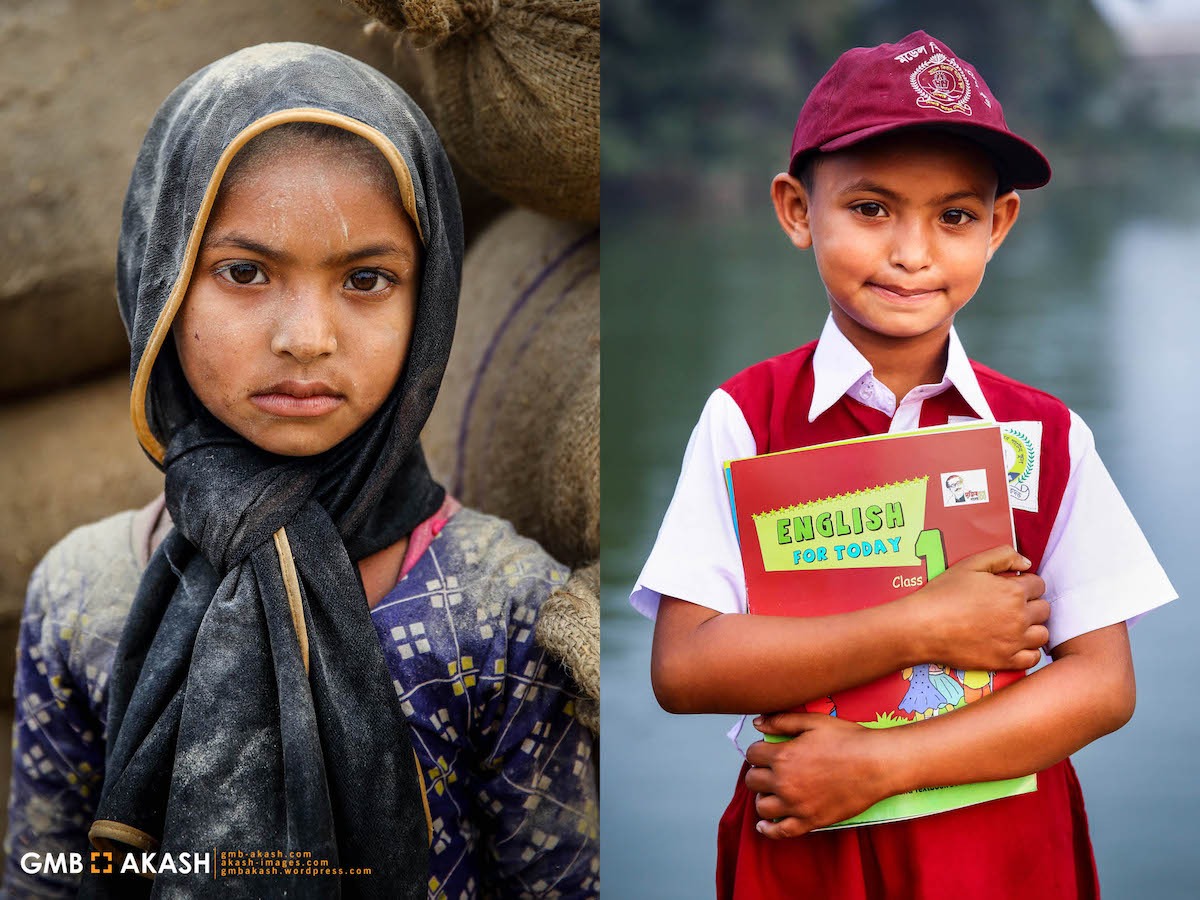
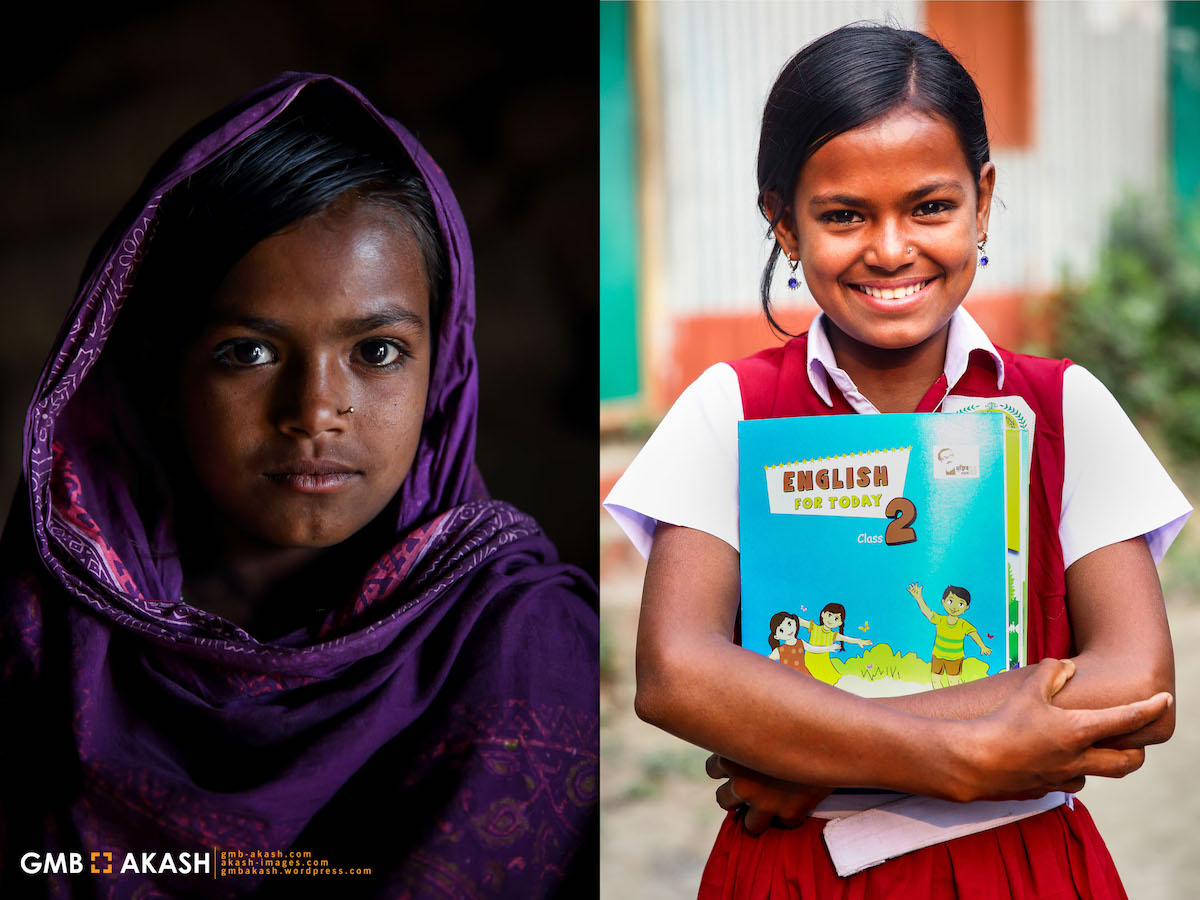
What has it been like sharing your work with the world and exposing often harsh truths?
Since my camera had become my passport to get access to these people, I started mingling with them for months and months to know more about their lives. These people and their stories made me a better human being every day and I wanted to bring light to these issues. I wanted to let people know that our gender, sexual orientation, or profession does not define us. We are all human beings. No one becomes a sex worker and sells their body for pleasure; they do it for their family or for someone else who, for that person’s own benefit, put them in hell. The life of the Dalits lacks any choice of occupation as it is imposed upon them by society and cleaning the sewage of others is all that is available to them to do in order to survive.
I learned very quickly that we must respect each other and we must help each other for a better planet. Nothing is more beautiful than kindness and humanity in a good story.
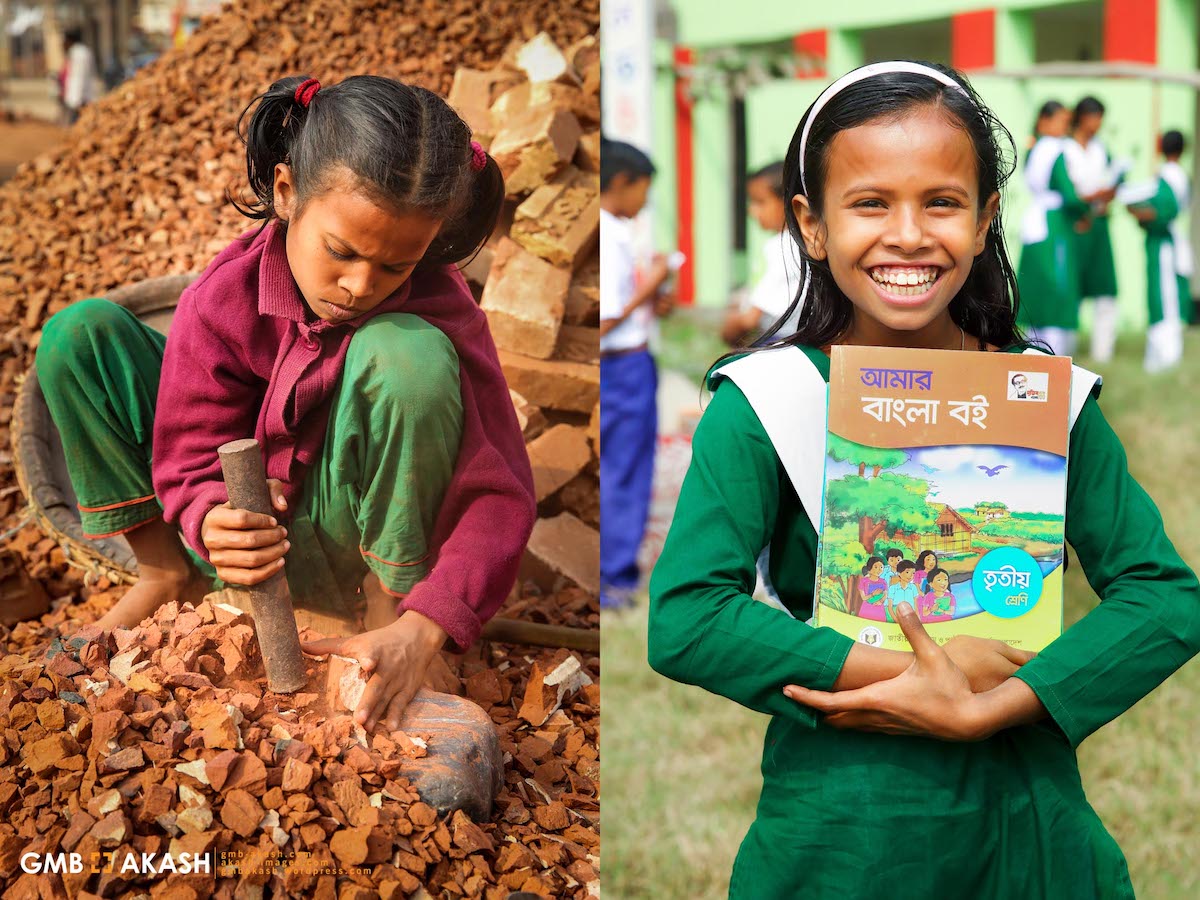
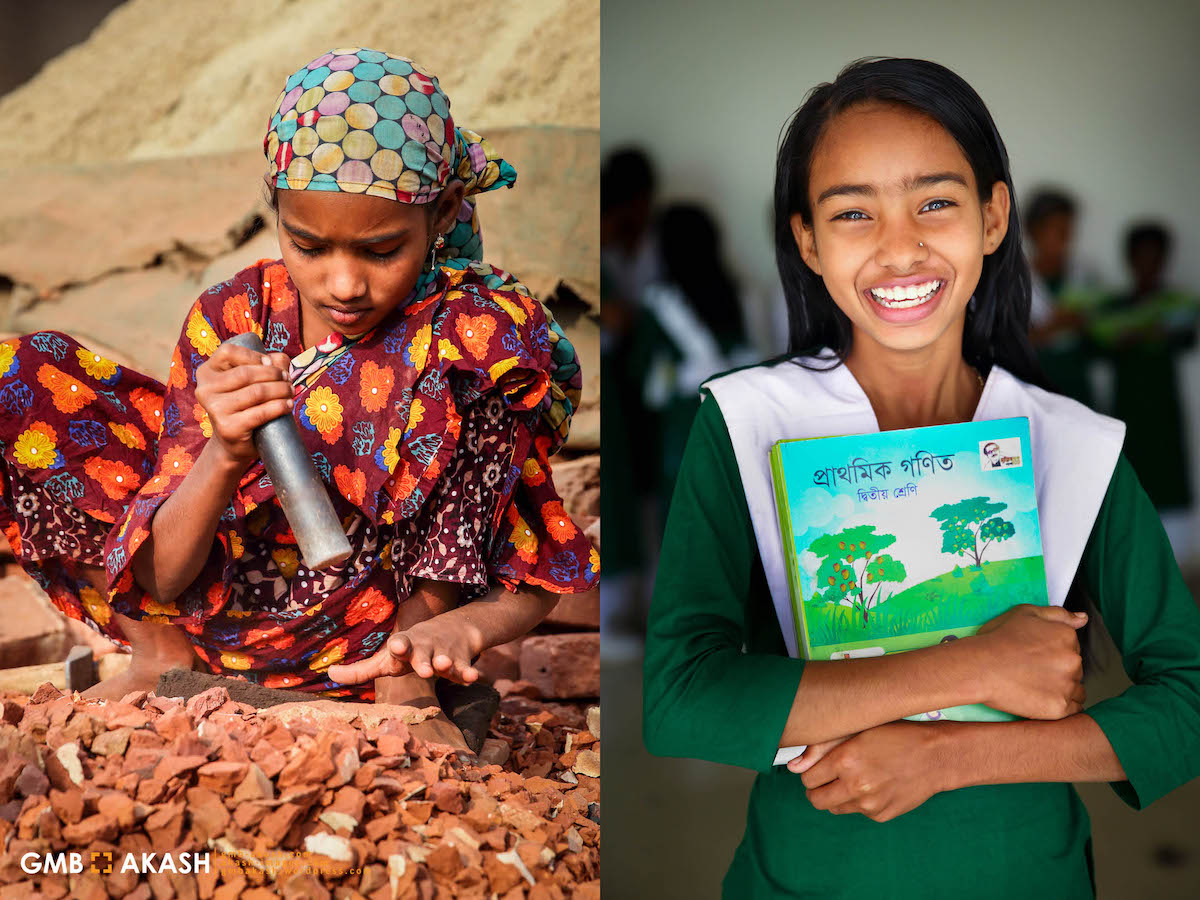
For many years, you've captured images that show the heartbreaking reality of child labor. Has that series prompted any change in Bangladesh?
I have been working on child labor for almost 17 years now and I’m still working on it to bring positive changes at least to many of the children and their families. There are four million children suffering and working in Bangladesh. Although child labor is against the law, the problem is enormous, uncontrollable, and basically ignored. As long as society accepts children working (other people’s) there is no enforcement of this labor law. Since no one is providing a sufficient income to the poor, these children must work in order for them and their families to survive.
I wanted to bring these child labor issues into the forefront of our society with the hopes of making significant changes for them in the country.
A pivotal moment occurred after taking a photo of a factory owner beating a small child laborer at a sewing machine because that little boy was working too slowly.
That photo was published and exhibited throughout the world in almost every mainstream and powerful newspaper. It brought a great deal of international and national attention to this issue. For that photo, I was awarded the prestigious World Press Photo Award in 2006.
I have continued working on the child labor issues over the years. I have been especially active the last couple of years by a different approach to helping the children. I have been enabling their families to let their children go to school instead of a labor job which I support financially as well as compensating the parents for the loss of their children’s income. These charitable actions that I have been working on more recently are bringing positive changes to these families and children as well as providing a model for others on how children can be taken out of the factory into the classroom with some social and financial support.
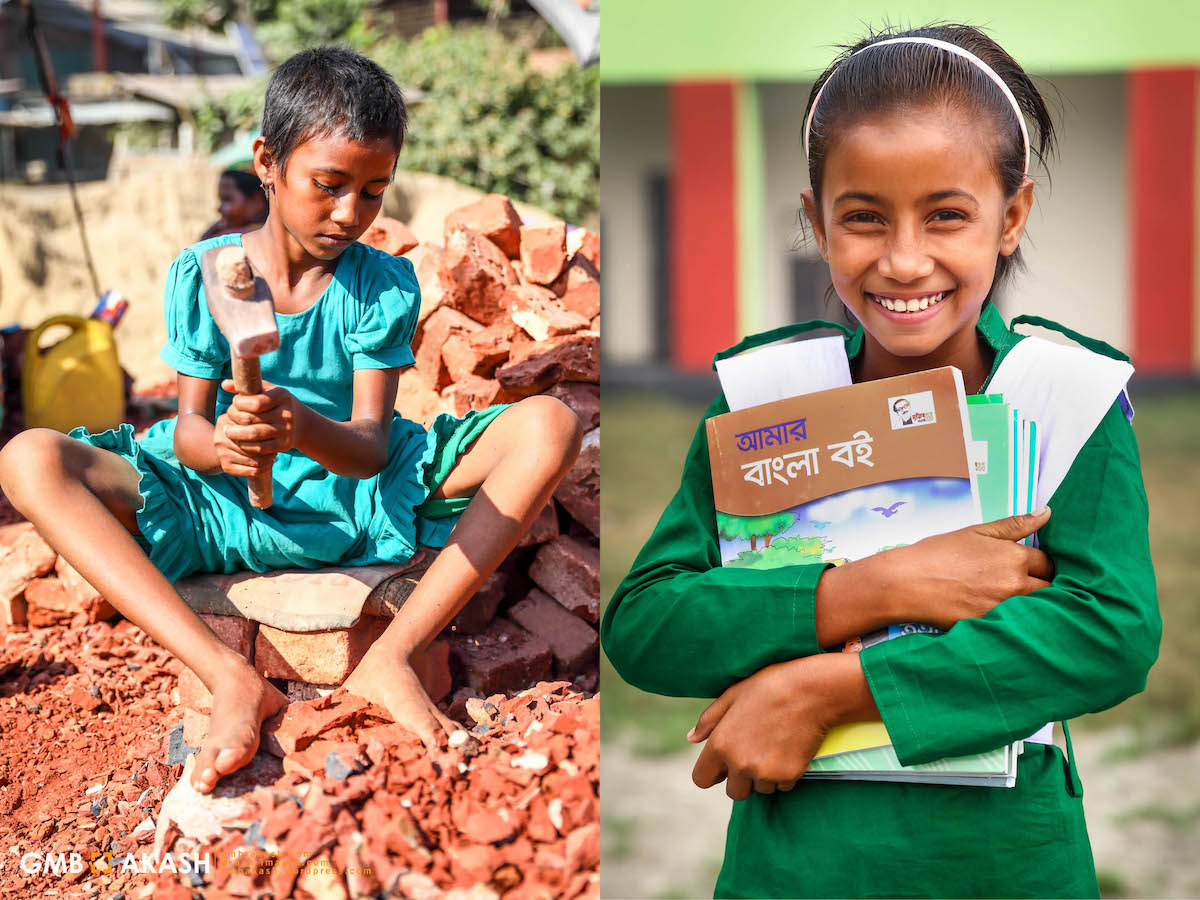
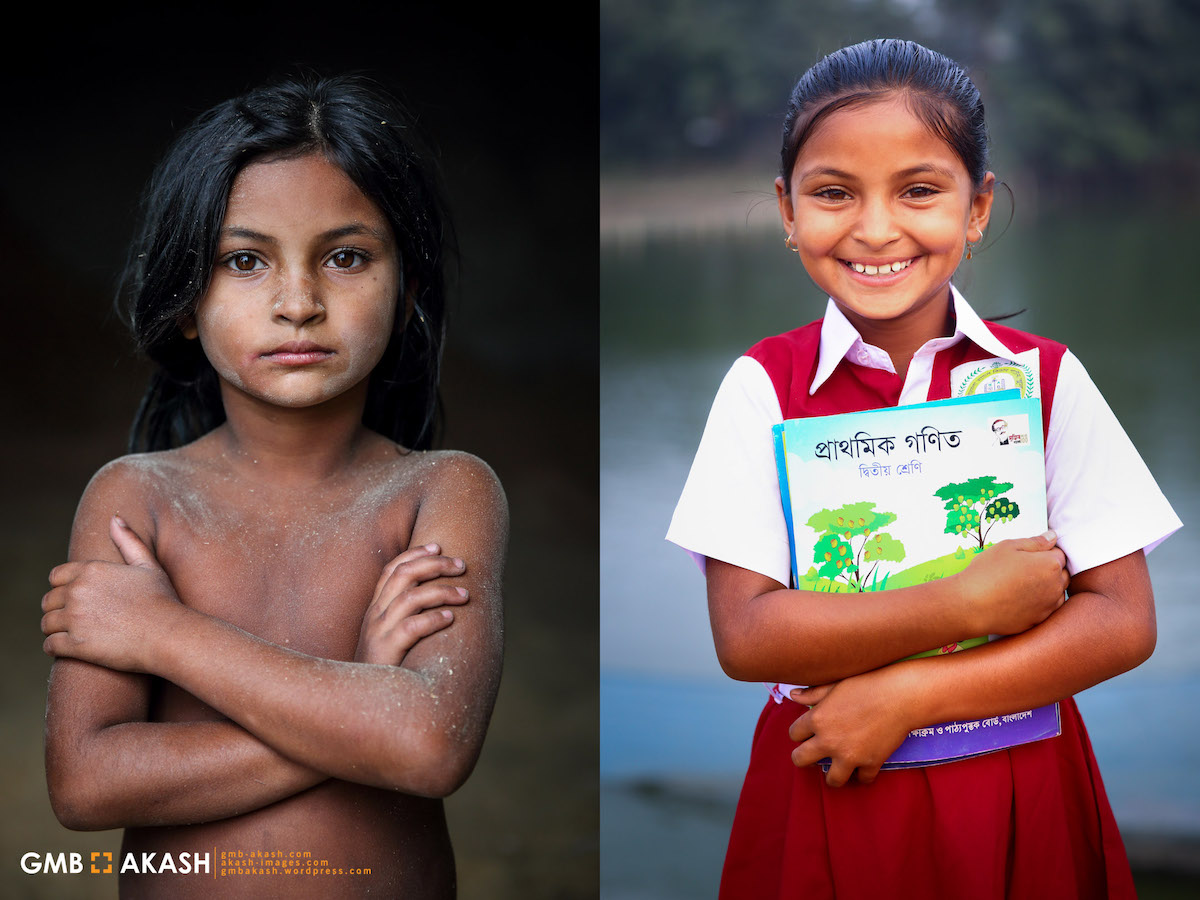
You have said you build relationships with the people you photograph, and it inspired you to help change their lives. Can you elaborate on some of the extraordinary steps you've taken to do this?
For me, the relationship with the people I photograph is very important. The people I photograph are never a mere subject for me to only use them and their photos for getting awards or fame. I build up a relationship before I take any single photo. I spend sometimes months and months building up a relationship with them before using my camera. And you will feel that relationship in the photos. I let them know who I am, why I am taking their photos, and what I really want to do with the photos. I keep that relationship even after completing my project. I keep visiting all of them throughout my life. I also try to help them in some way such as setting them up with small businesses or providing education for their children.
Despite the awards, recognition, and interesting assignments, in the early years of my career, I was not completely happy with what I was doing. I could see that the people in my photos were in the same hopeless situation many years later. My mission and my goal were to change the lives of these people who I photographed. I wanted to give them something back from what I received. I was fervently trying to find a way for myself to help these beautiful people change their lives.
I came up with the idea that I would gift unprivileged people with small businesses so they could earn more money to meet their needs and to be able to send their children to school. The education of children is my main concern for the people of my country. In order to get children out of the factories and brickfields, I needed their parents to make enough money to support the family and have their children attend school. This also enables people to live with more dignity and to feel motivated to contribute to society.
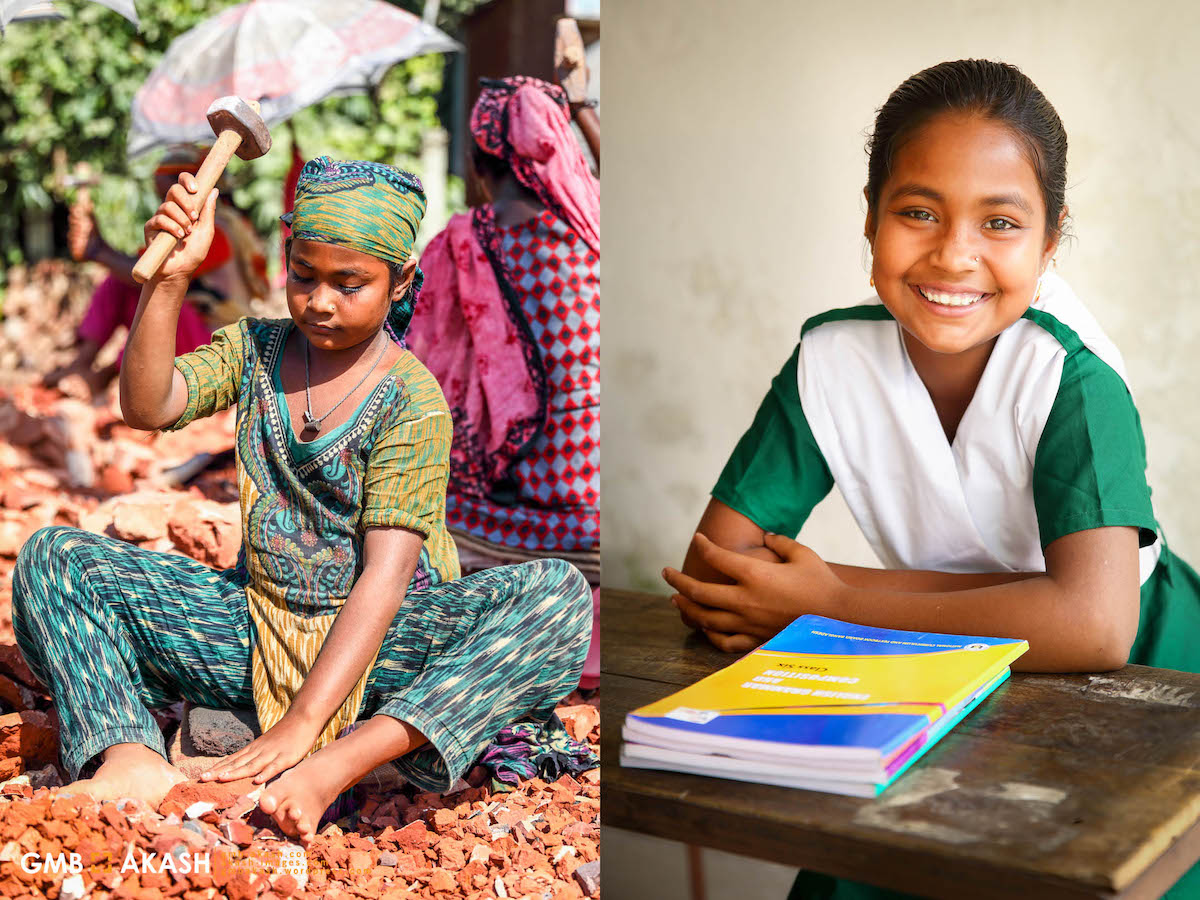
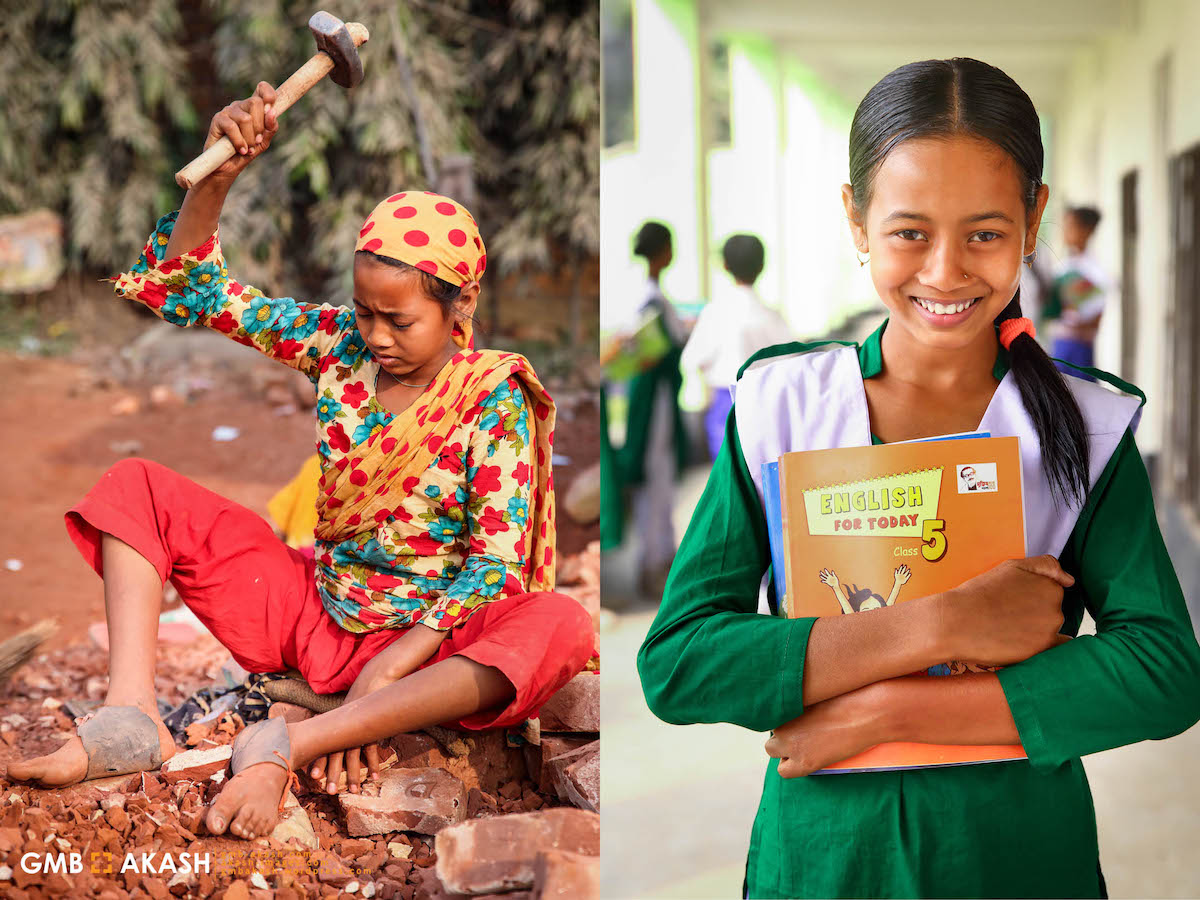
(continued) For example, I have given cows with calves to many families. These families can sell the milk and earn money every day and they can also sell the calf after it has grown up. I have also gifted people with small businesses and taught them how to manage them and become self-sufficient. An example is arranging for and giving a family a vegetable stand in the market. The son and the father are able to work and satisfy their needs including the education of the son who had previously been working as a child day laborer.
I have set up similar business concepts for others. I find out what they would be able to do which would motivate them and satisfy their family needs. Then I’d set up the business including helping them build a structure, train them, monitor them, and offer consultation for them while they become self-sufficient.
A little more than a year ago, I bought three Tuk Tuk taxis and put in three needy drivers who could manage the operations and make a profit for their families. In addition, part of the business profits went to support three different elderly childless couples who couldn’t even buy their daily food. I am currently planning to help more people with different kinds of businesses. So far, I have set up and given 150 different businesses to 150 people or to the members of their families.
For a number of years, I also have been providing scholarships to hundreds of students every year which enables them to take their SSC and HSC Exams which they need to continue with their education. Many of them are studying now in recognized institutions like Notre Dame College in Dhaka and Dhaka University.
Elderly couples who have no children have to live on their own. They have no one to support them and no income even to buy their daily food nor other necessities. I look after 20 elderly couples and every week I buy and supply them with everything they need.
There are other types of charitable activities that I organize and support such as distributing new clothes amongst thousands of poor people every year. For example, I distribute winter clothes amongst the masses of needy people who are cold but who cannot buy anything.
I have also given thousands of pairs of sandals to street children, most of whom are walking in bare feet and cutting themselves. I feed hundreds of street children every month as well as distribute sanitary napkins among hundreds of girls who have no other access. Whenever I get any money, I try to help people.
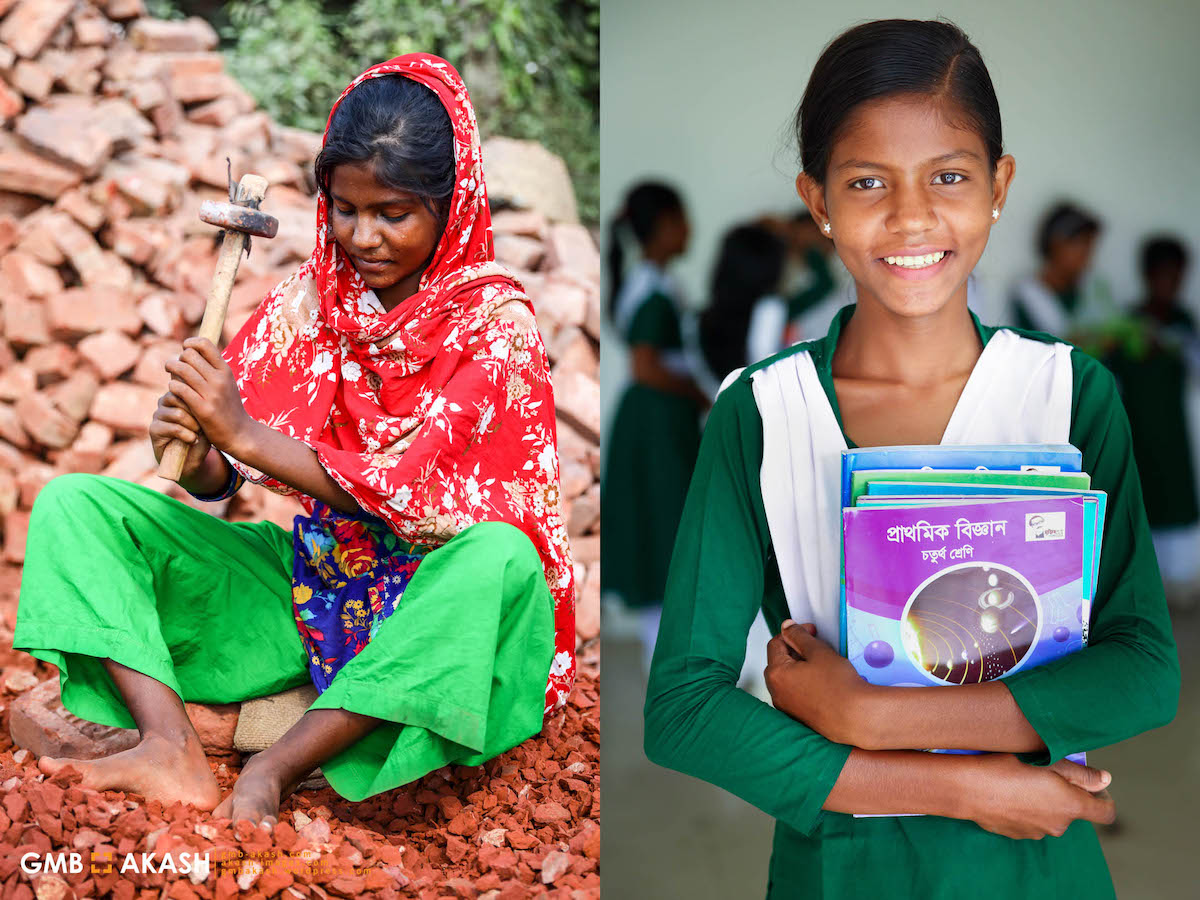
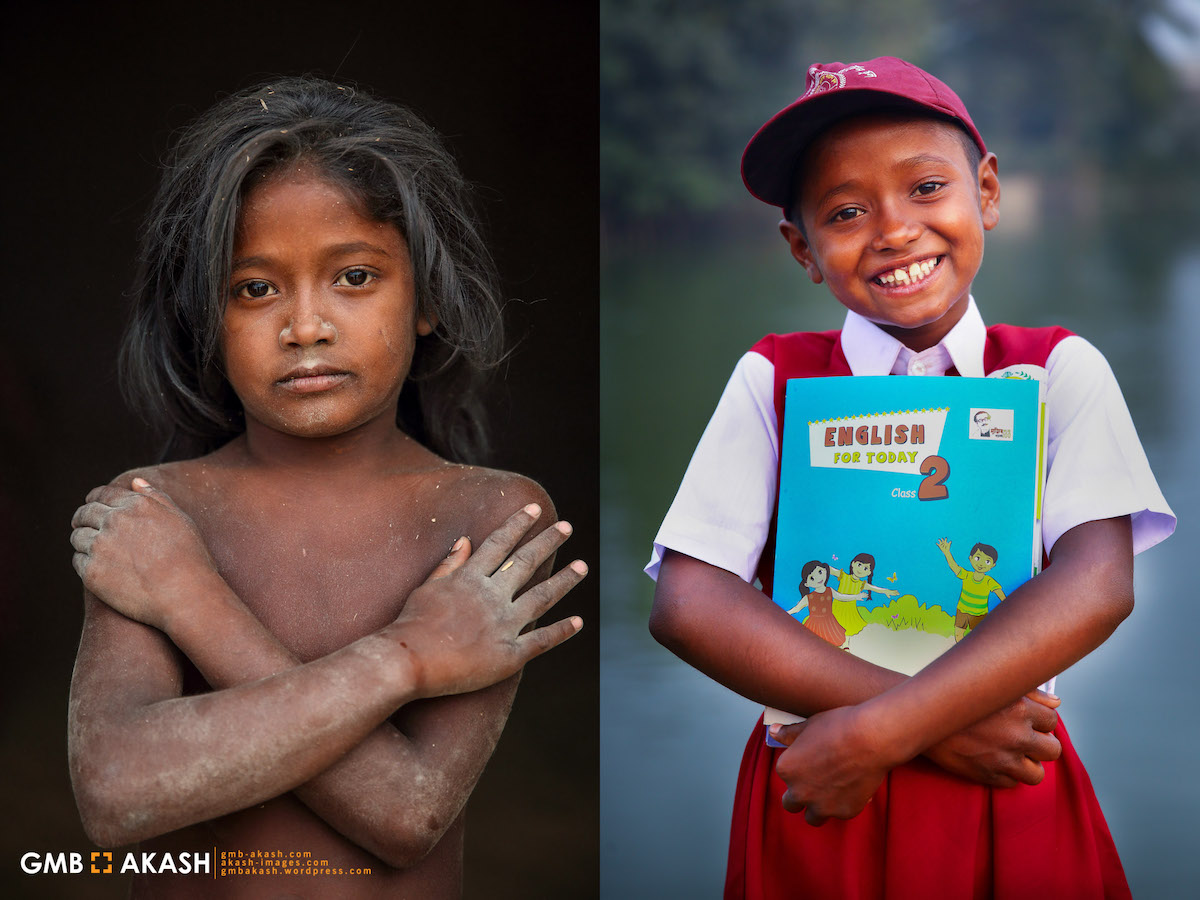
Can you tell us more about the school you've established?
One of my most important social work projects is to educate poor young rural children. As a school extension of GMB Akash Institute of Photography in Dhaka, a few partners and I have built a rural school building outside of Dhaka for children who have no access to education.
They come from eight different poor villages outside of Dhaka of day labor families that have never received any education previously. This rural branch of the school was started five years ago under a tree with 30 eager students. There are currently 160 poor children who get almost free education up to class five. Because of the increase in the number of students, we have built an extension to the building. There are 10 teachers employed who receive monthly wages as well as training. These children will be the first generation to ever be educated in this region.

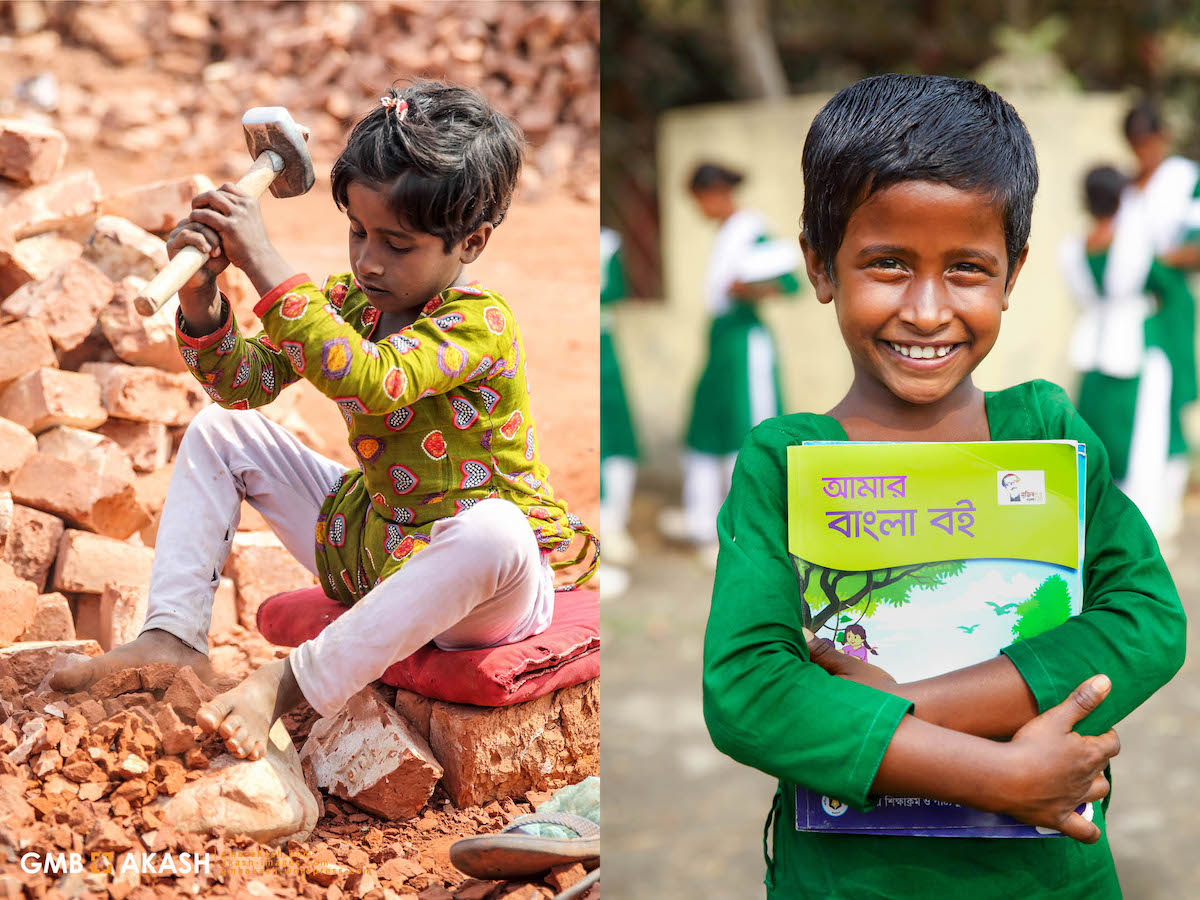
Your images evoke many emotional responses—one of them prompting us to ask ourselves, “How can I help?” Is there a way that people can help you in your mission?
Up until now, it’s been difficult and frustrating for people who want to help from outside Bangladesh and because of the customs regulations and complexities in Bangladesh, this hasn’t been possible.
However, I have now started a Patreon and am inviting everyone who would like to take part in supporting my lifetime altruistic mission as well as my artistic work which enables me to change the lives of many vulnerable and impoverished people.
These humane and extraordinary stories need support and funding in order to be told. I invite everyone to join me to bring these untold stories to the forefront and contribute to making positive changes in the lives of so many.
If your readers have enjoyed my work in the past and would like to join in the continuation of it in the future, I hope that they will consider becoming a patron.
I give my heartfelt thanks and deep gratitude for all the generous support for the work I do. If it were not for the kind support and love from many generous souls, I could not make all of this happen.
